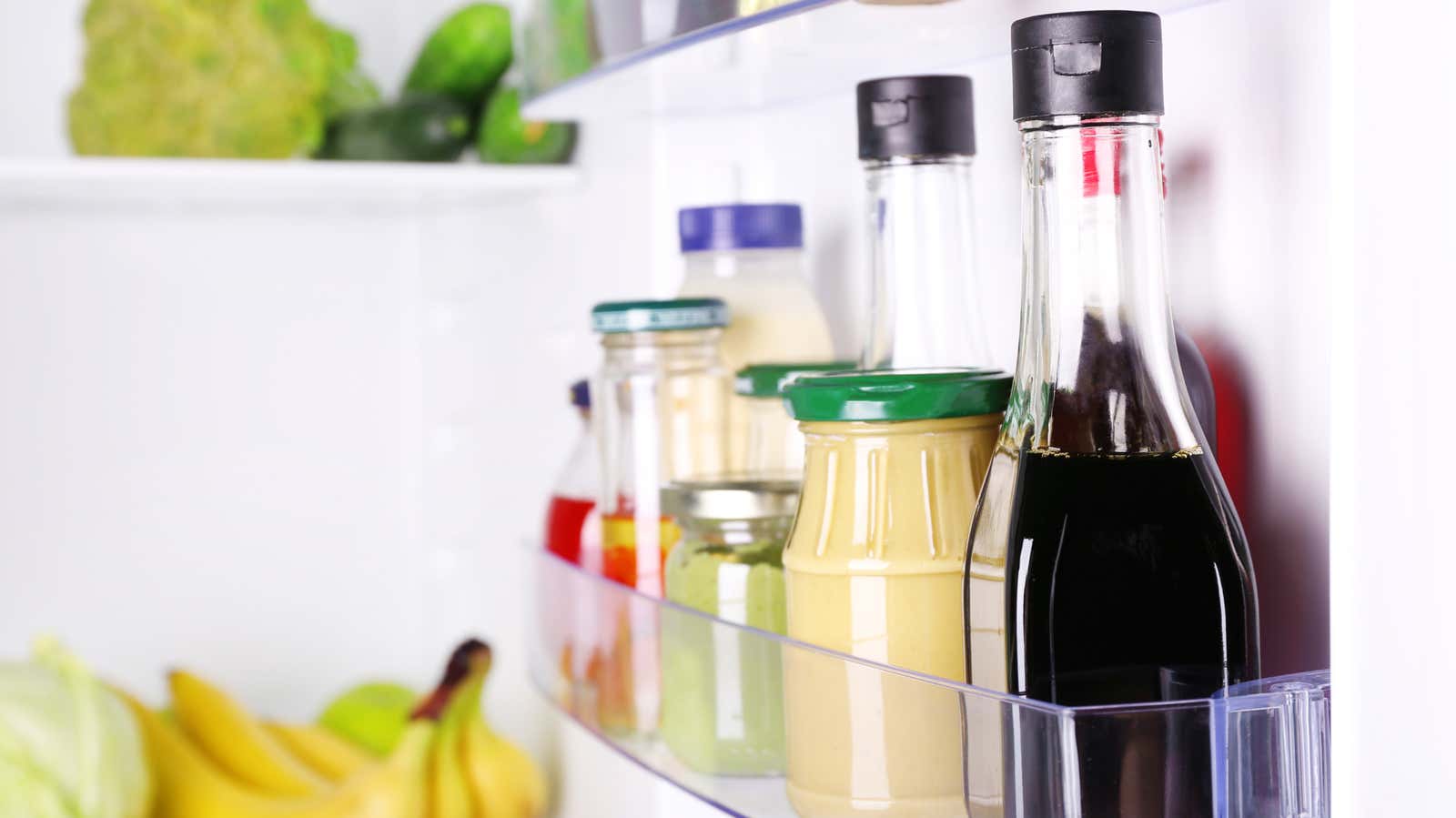What to Store in the Refrigerator Door

Being alive is very difficult, and nothing is easier than it seems. Think about dishwashers, for example. Did you know that you have to wash them yourself , although they are constantly filled with hot and soapy water? It seems overkill, but it’s true. (Who will wash the dishwasher? You.) Refrigerators are also more complicated than meets the eye. These aren’t just big, uniformly cold boxes – oh no, that would be too easy , and thermodynamics won’t stand it. Instead, they differ in temperature from place to place, with the door being the warmest region.
It really makes sense when you think about the position of the door: it’s on the outside of the refrigerator. Things in the door remain cold, but not as cold as in the back or bottom of the refrigerator. The door is also subject to the most significant temperature fluctuations every time you open the door. This means that the refrigerator door is best for storing things that are not overly perishable. While there may be a small spot for eggs, you should ignore it (unless you are in Europe, in which case you can leave them on the counter as, unlike American eggs, they have not had their cuticles blown out of their shells ).
Condiments, pickles and syrups can be easily placed in the door, as well as drinks in cans or bottles. Some people caution against storing oil in the refrigerator door, but foods high in fat are less prone to spoilage. I have no problem storing butter at room temperature, so I think a few sticks would be fine in the fridge door where I also store my bacon fat. If you eat butter very slowly, perhaps move it to the top shelf of the refrigerator, but most consumers of butter or vegan butter substitutes will be fine leaving their butter at the door. But low fat dairy products like milk and yogurt? Keep them on the middle or bottom shelf along with (American) eggs.